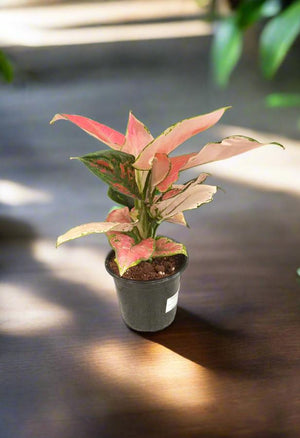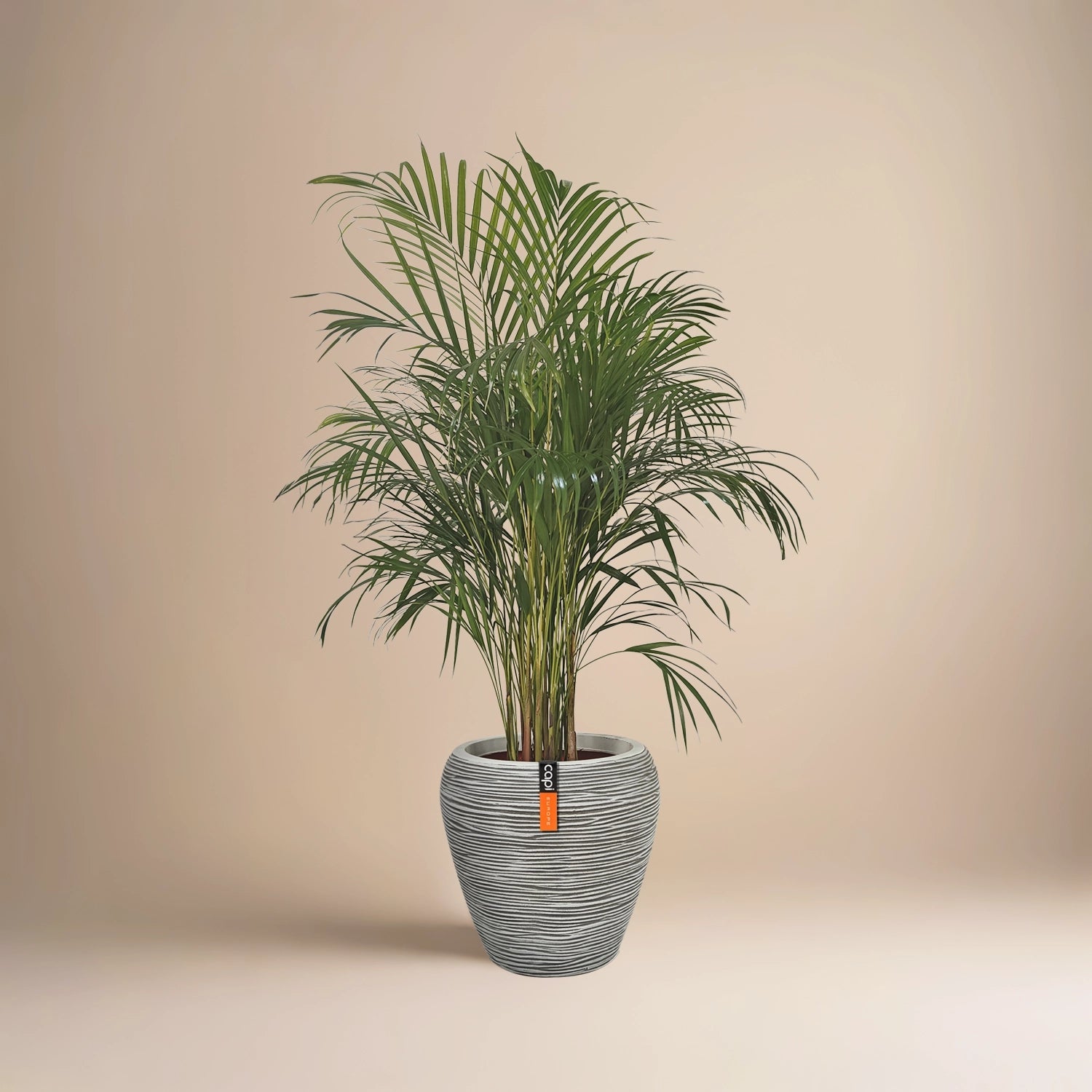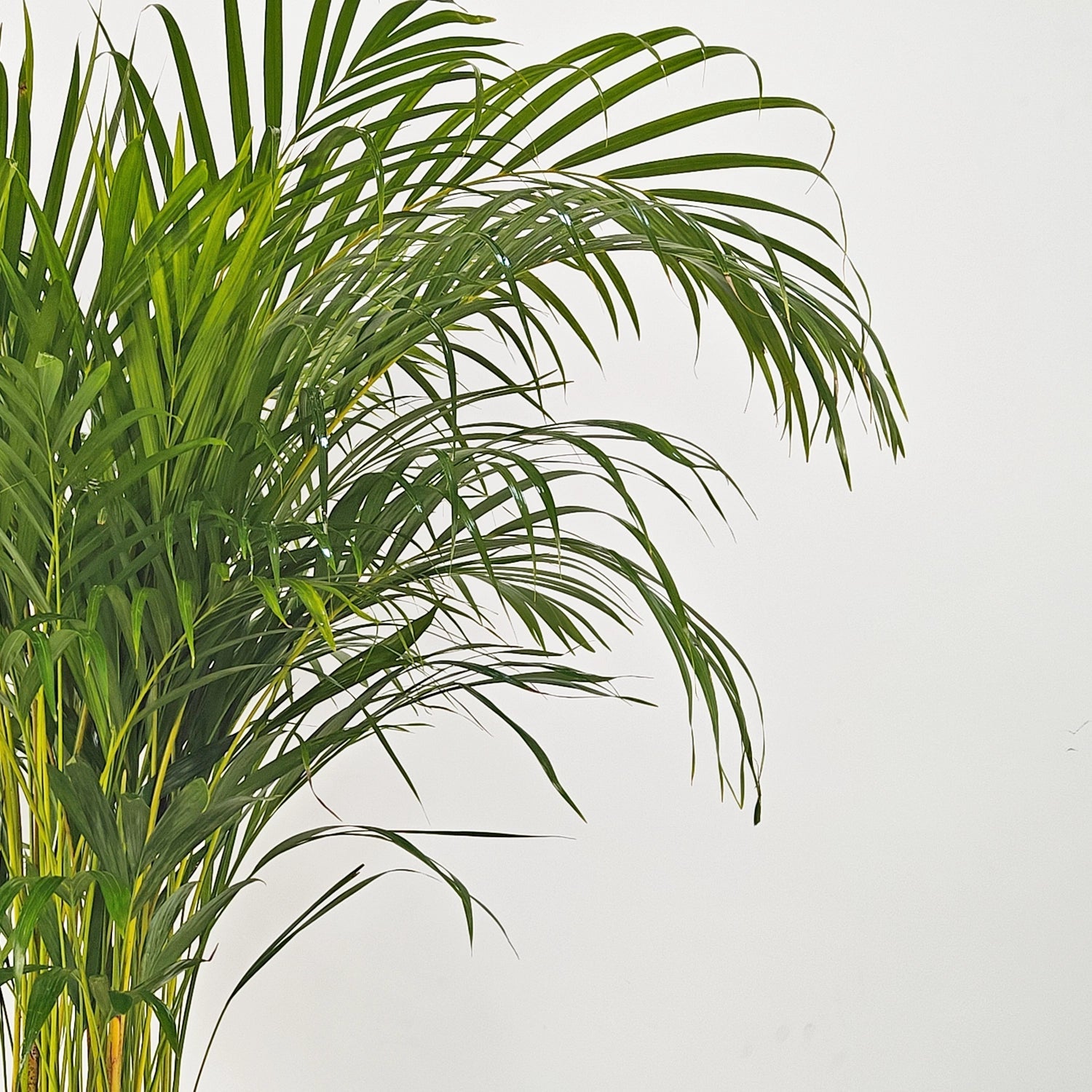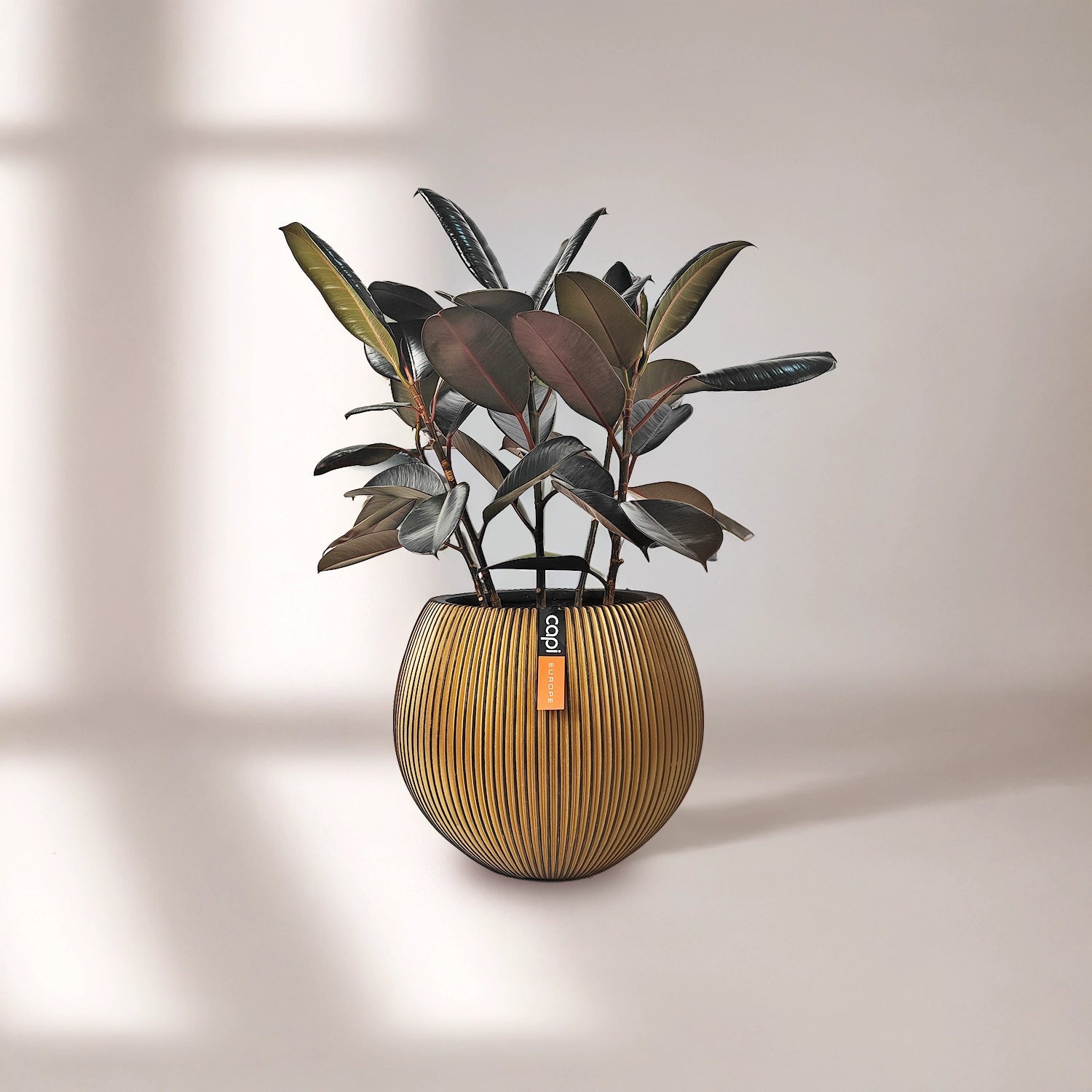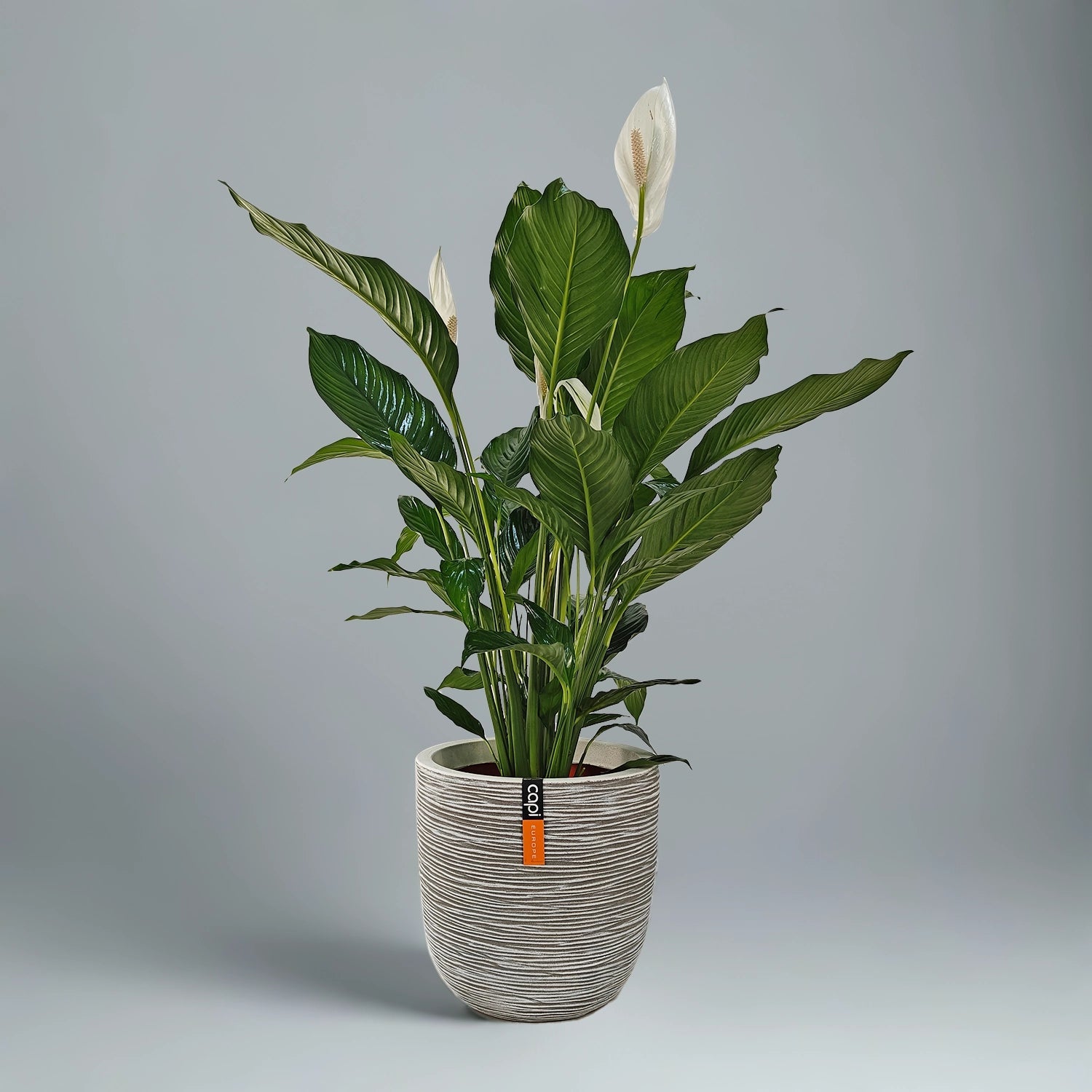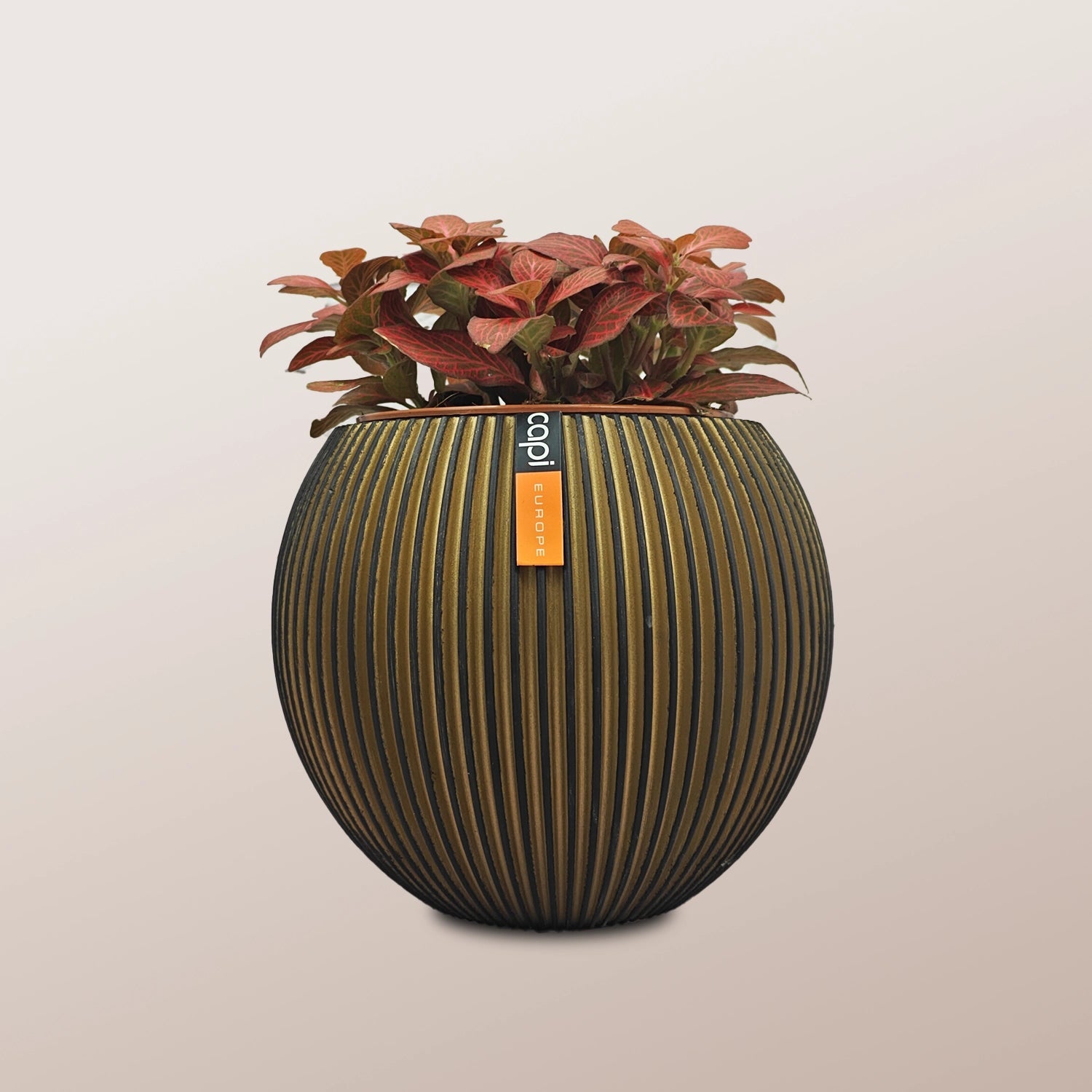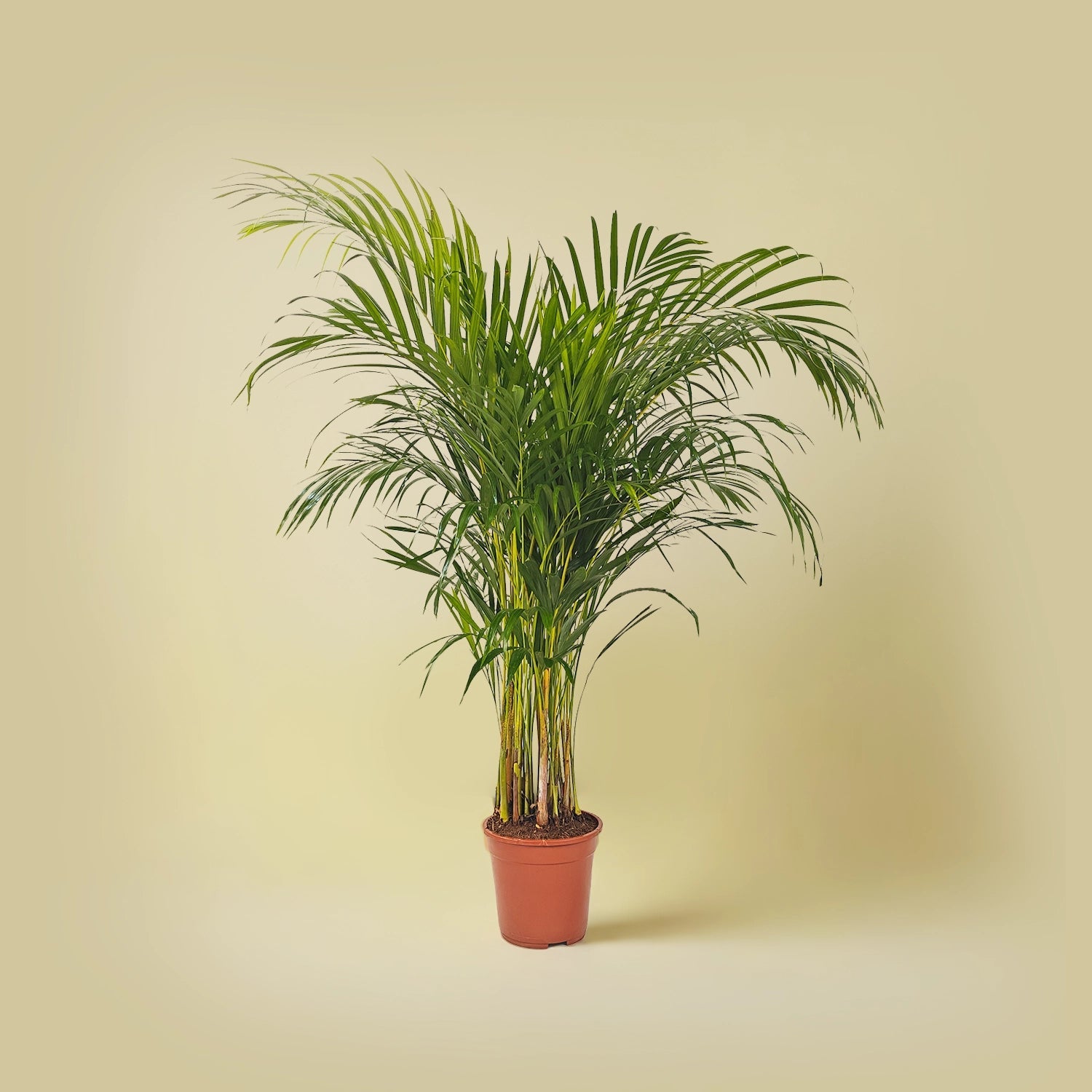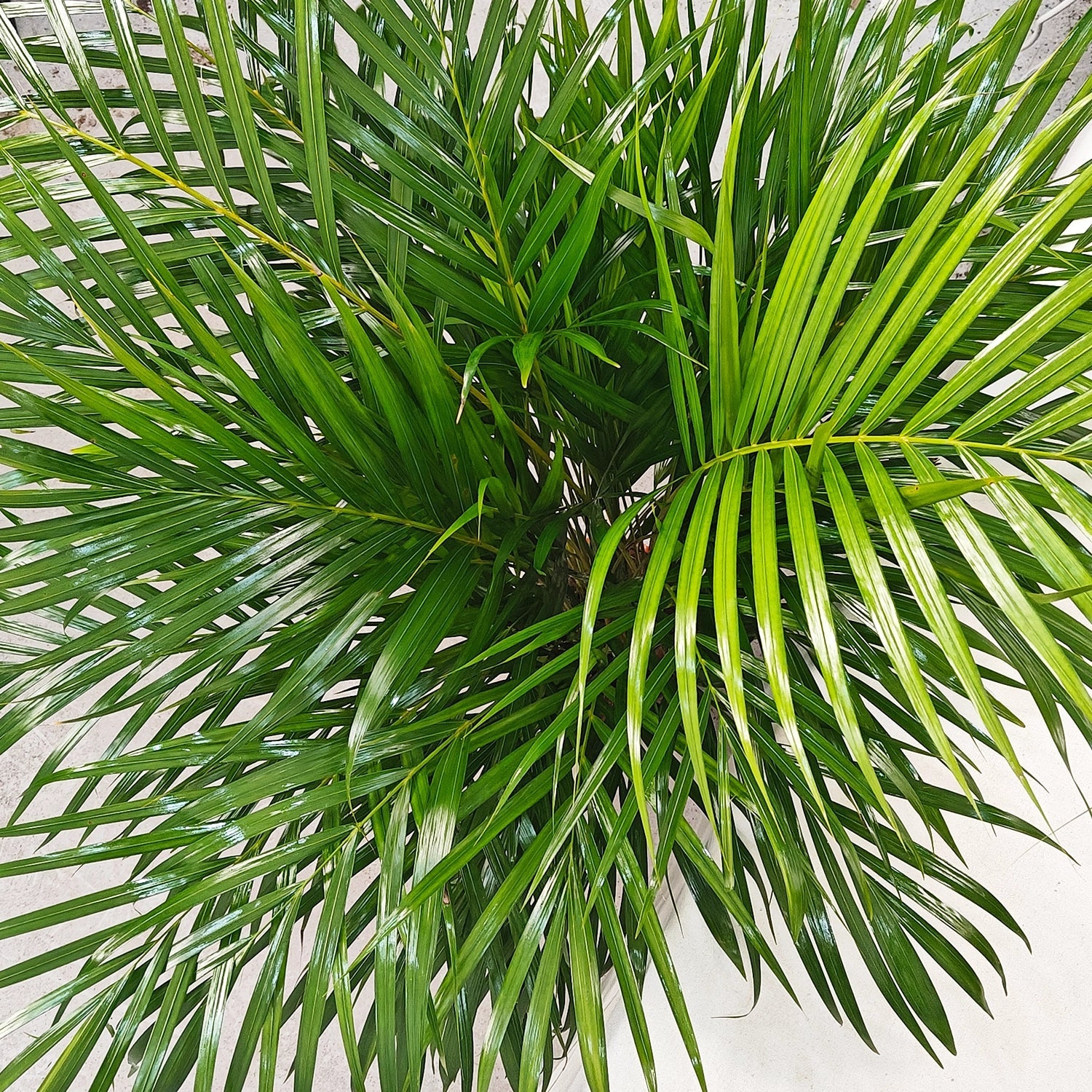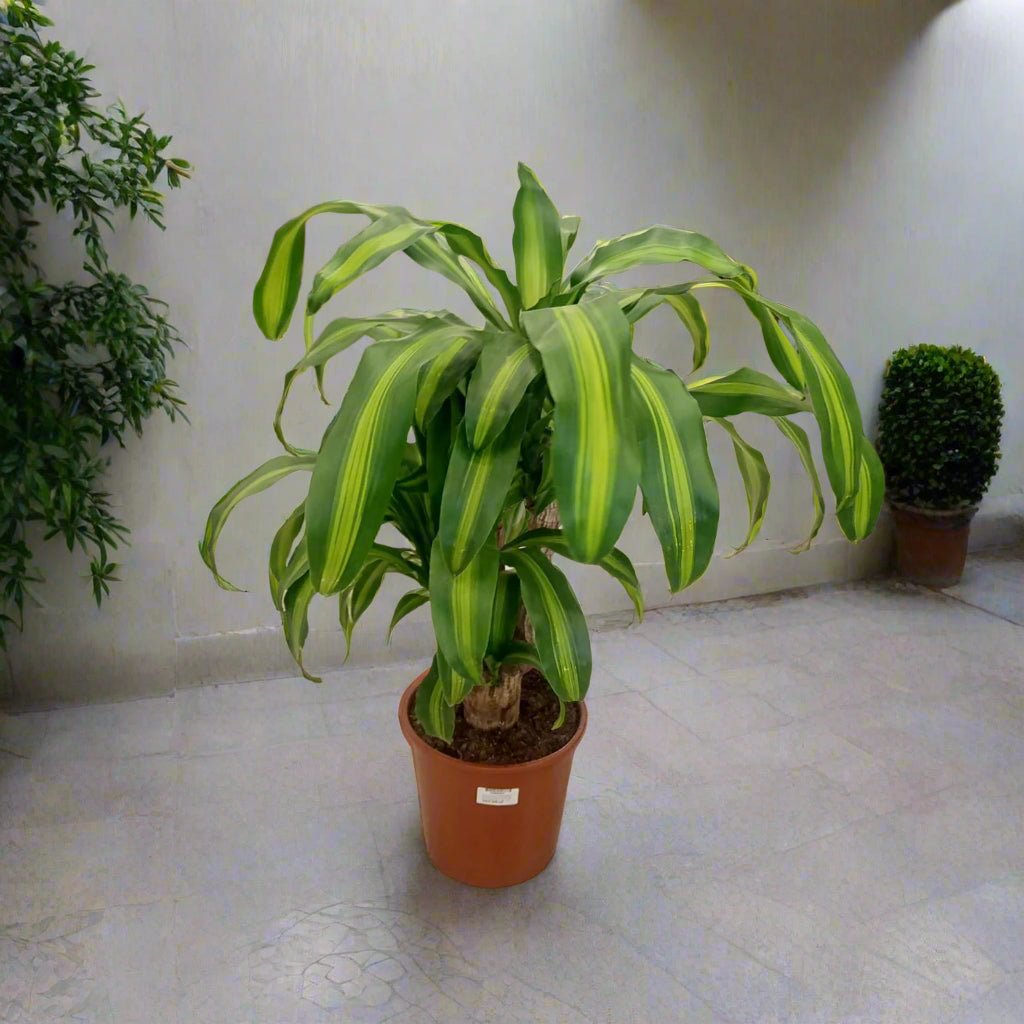Aglaonema Commutatum (Chinese evergreen) | 40 - 60cm
- ✅ Enhances Any Living Space
- ✅ Curated for Indoor Environments
- ✅ Hand-Picked for Quality
- ✅ Delivered with Care
Guarantee Safe Checkout
Website Exclusive - Free Delivery in Dubai & Sharjah
Free replacement if you receive a defective item during delivery
📄 Product Description
+🚚 Our Shipping & Delivery
+| Location | Delivery Charges (AED) | Free Delivery (AED) | Schedule Days |
|---|---|---|---|
| Dubai | 25 | 99 & Above | Everyday |
| Abu Dhabi - City | 199 | 499 & Above | Saturday |
| Abu Dhabi - Outskirts (Ruwais, Al Sila, Liwa, Al Batha, Al Ghuwaifat) | 299 | 999 & Above | Saturday |
| Sharjah & Ajman | 25 | 99 & Above | Everyday |
| Northern Emirates (RAK, Fujairah, Khorfakkan, Dibba, Dhaid) | 199 | 499 & Above | Friday |

Aglaonema Commutatum (Chinese evergreen) | 40 - 60cm
Invite Nature into Your Spaces
We believe your living space is more than just a home—it’s a sanctuary where nature and design blend seamlessly. Inspired by the beauty of the natural world and a commitment to sustainability, we craft premium products that infuse your indoor and outdoor spaces with life, serenity, and timeless elegance.
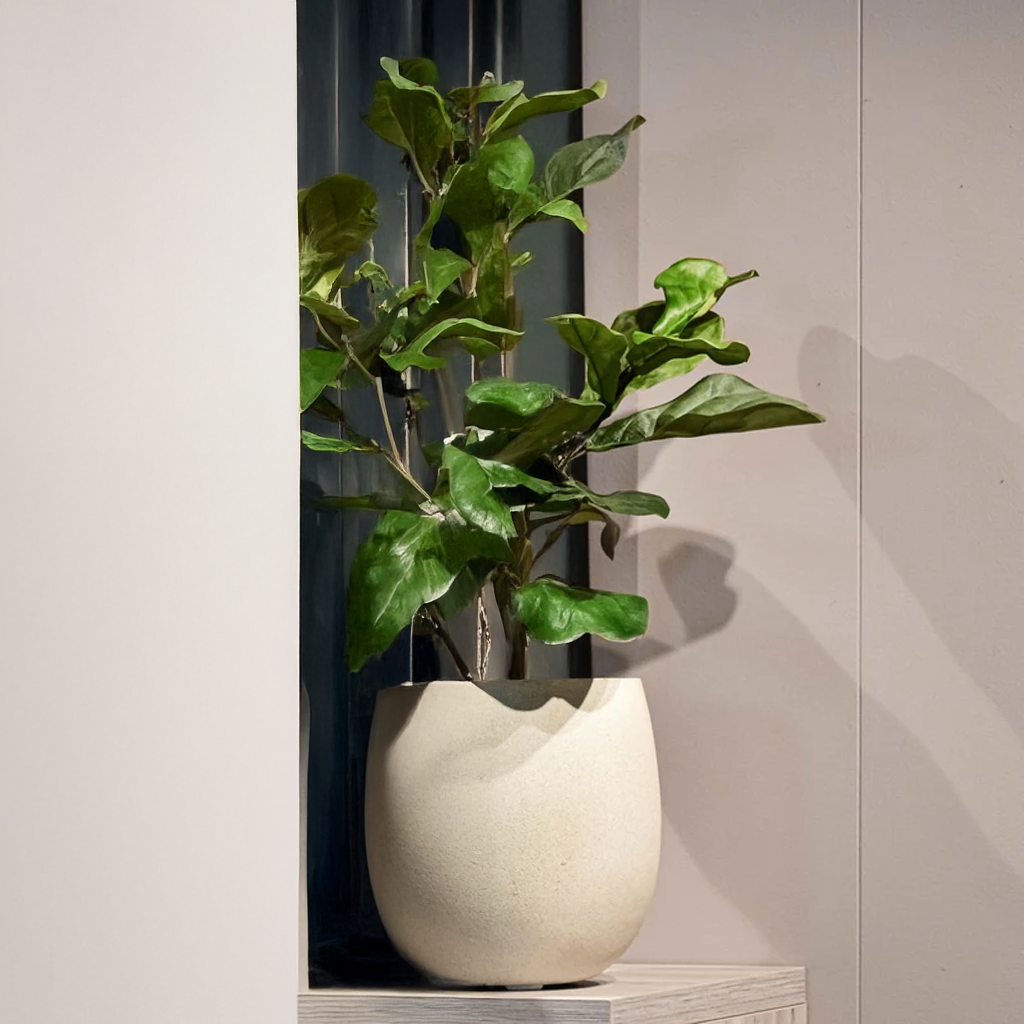
Charming Indoor Plants
Indoor Plants bring life and elegance to your living spaces, enhancing both style and atmosphere. Perfect for homes, offices, and interiors of all kinds, these plants are carefully chosen to thrive indoors, adding a touch of natural beauty to any room.
With a wide variety of species, sizes, and styles, there’s an ideal indoor plant to suit every taste and environment. From lush greenery to delicate foliage, these plants are designed to complement any decor while purifying the air and creating a calming ambiance.
Known for their exceptional quality and easy maintenance, Indoor Plants are perfect for beginners and seasoned plant lovers alike. Transform your interiors into vibrant, healthy spaces with the timeless charm of Indoor Plants.
Get Inspired
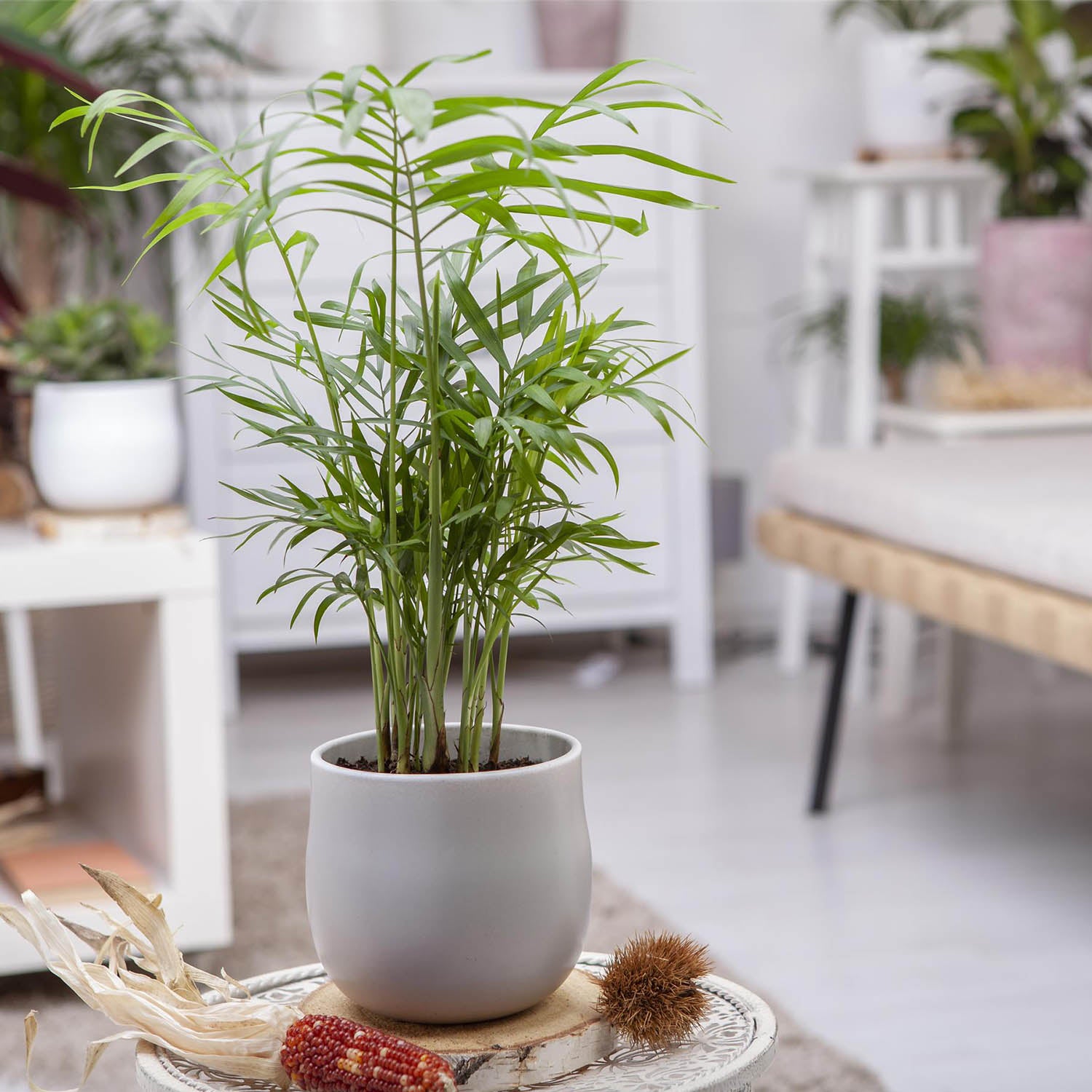
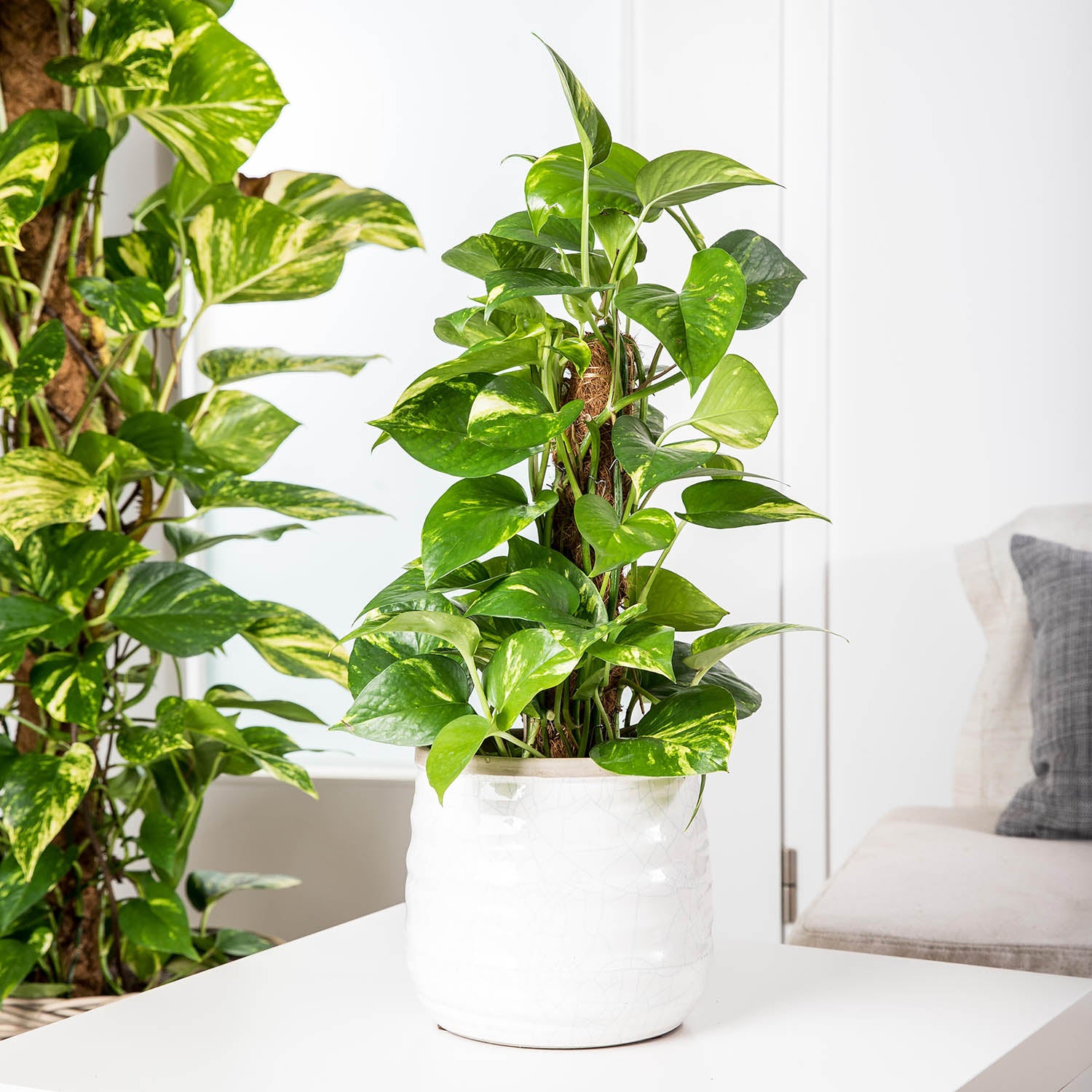
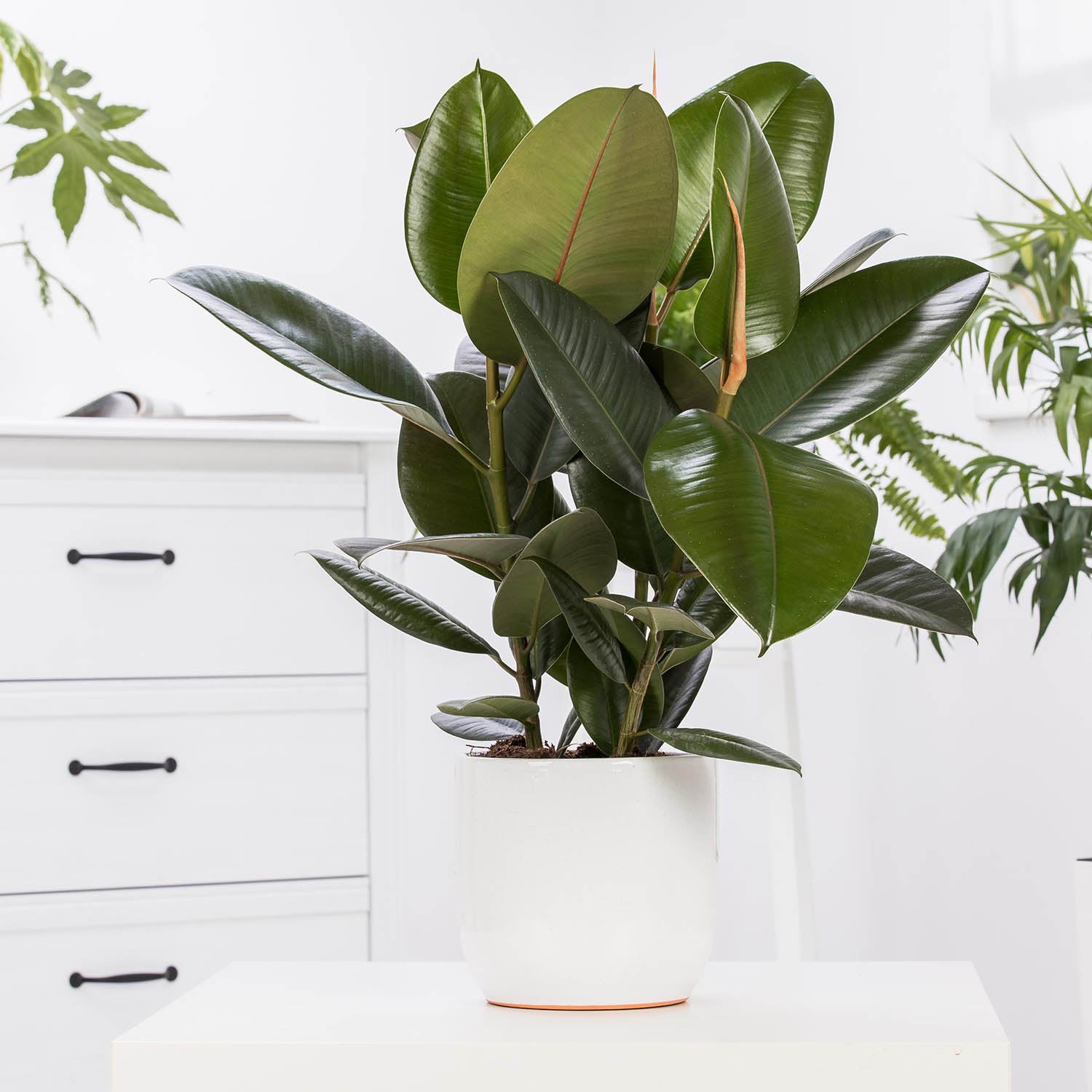
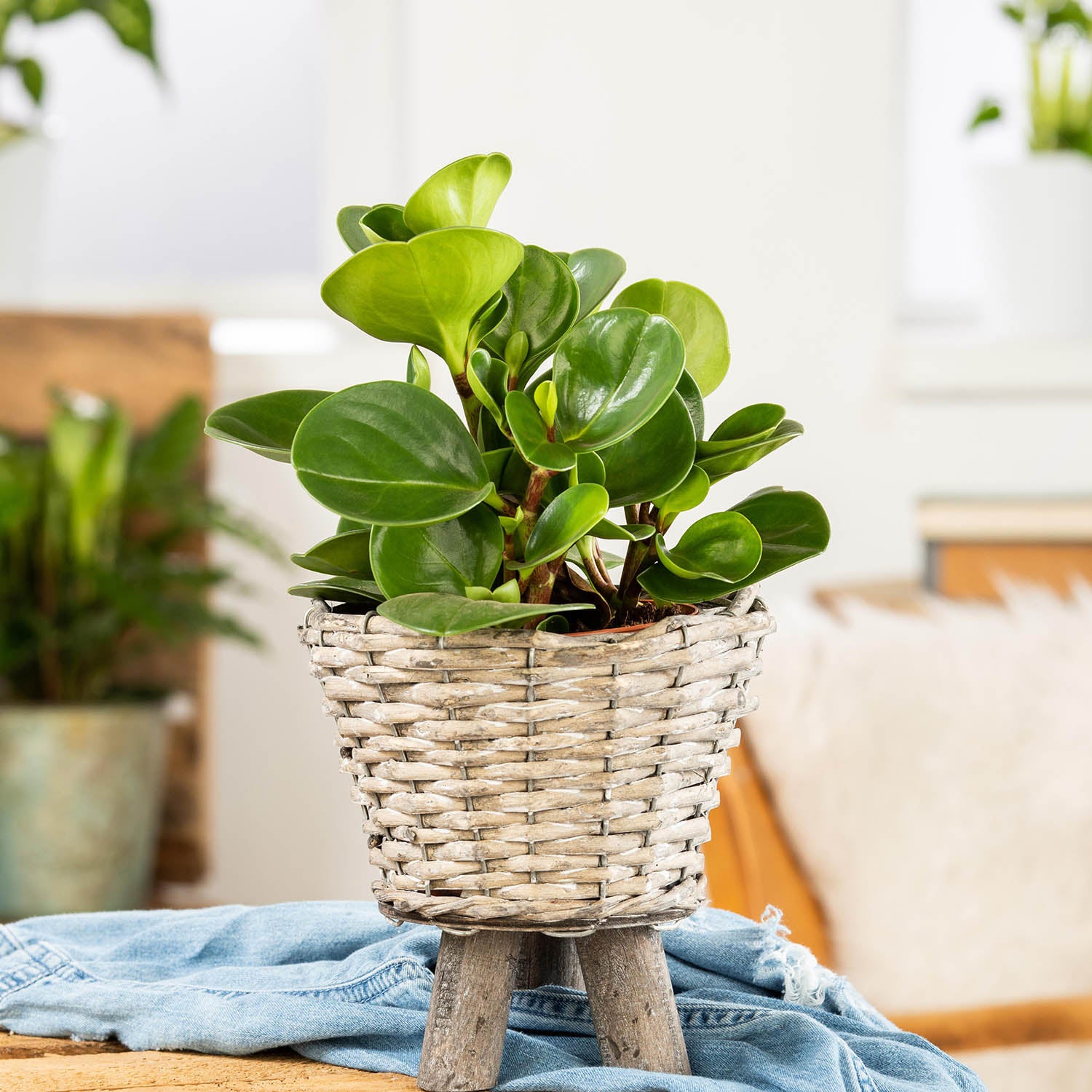

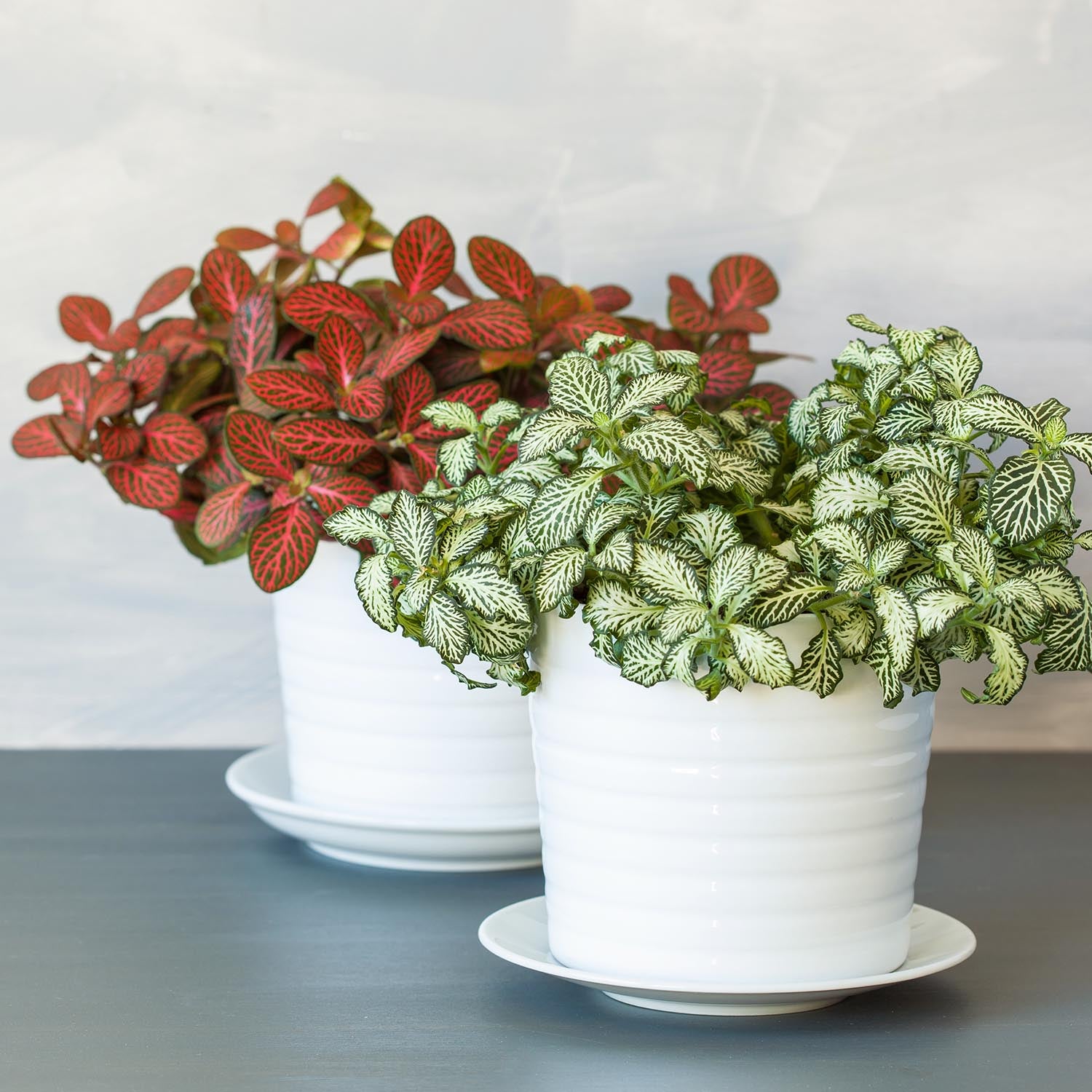

Frequently Asked Questions
Are indoor plants easy to care for?
Yes, most indoor plants are low-maintenance and require minimal watering and care. Specific needs may vary by plant type, so it’s best to follow care instructions provided.
Do indoor plants improve air quality?
Many indoor plants are known to purify the air by removing toxins and increasing oxygen levels, contributing to a healthier indoor environment.
Which indoor plants are best for low light conditions?
Plants like Snake Plant, ZZ Plant, and Pothos thrive in low light and are ideal for dimly lit spaces.
How often should I water my indoor plants?
Watering frequency depends on the plant species, pot size, and environmental factors. Generally, water when the top inch of soil feels dry to the touch.
Can indoor plants grow in artificial light?
Yes, many indoor plants can adapt to artificial light sources like LED grow lights or fluorescent lighting, making them suitable for spaces without natural sunlight.



